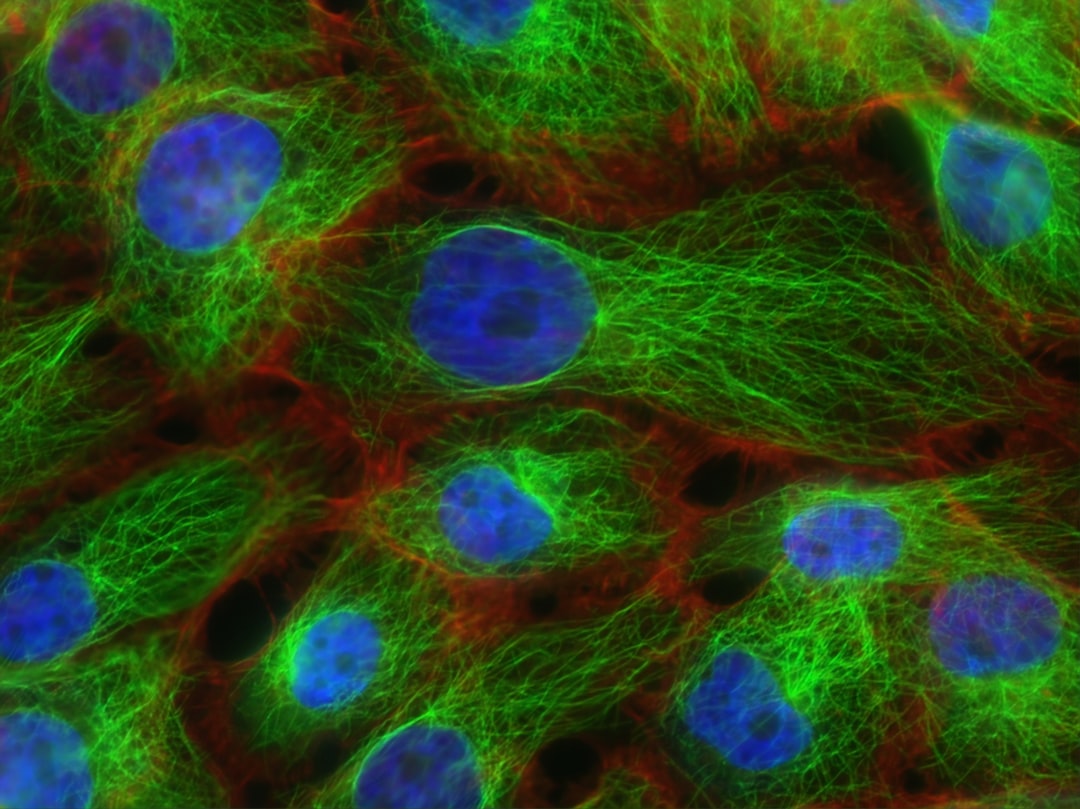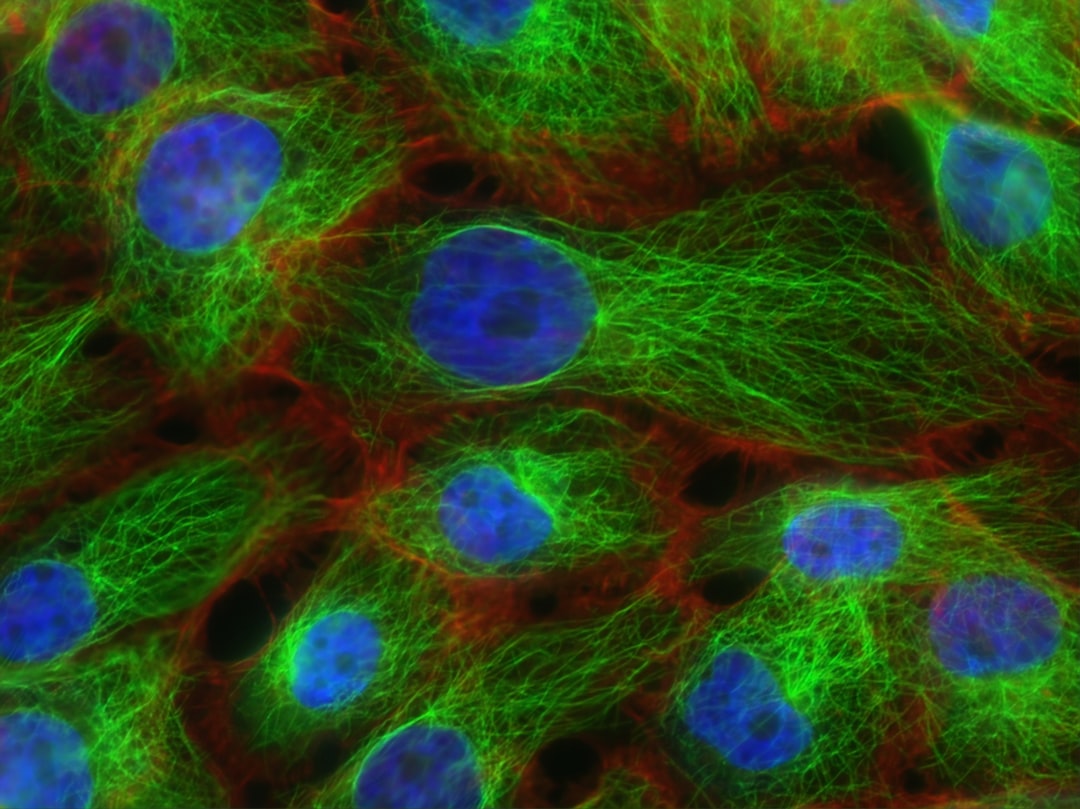What is it about?
Pineal organ and its hormone melatonin (N-acetyl-5-methoxytryptamine) is likely involved in timing and synchronisation of many internal processes, such as reproduction, with annual changes in environmental cues, i.e., photoperiod and water temperature. The seasonal changes in melatonin profile in stickleback brains related to the following reproductive phases were examined, and the link between melatonin concentrations and the stages of spawning cycle was analysed. Two wild populations of sticklebacks were exposed to annual environmental changes in their natural habitats. Brains, gonads, kidneys and livers were collected over 2 years. Melatonin was measured using RIA and the indices, gonadosomatic (GSI), nephrosomatic (NSI) and hepatosomatic (HSI), were calculated. The role of melatonin, as a component of internal calendar engaged in the control of seasonal breeding in this species, is discussed. The extremely high melatonin levels observed in early spring (March) and autumn (October) seem to mark out a time frame for spawning in sticklebacks. The seasonal pattern of melatonin production and identified development stages of gonads suggests the potential inhibitory effect of the hormone on stickleback reproduction in shortening photoperiod and stimulatory effect in lengthening photoperiod.
Featured Image
Read the Original
This page is a summary of: Seasonal changes in brain melatonin concentration in the three-spined stickleback (Gasterosteus aculeatus): towards an endocrine calendar, Comparative Biochemistry and Physiology Part A Molecular & Integrative Physiology, November 2004, Elsevier,
DOI: 10.1016/j.cbpb.2004.10.001.
You can read the full text:
Contributors
The following have contributed to this page










